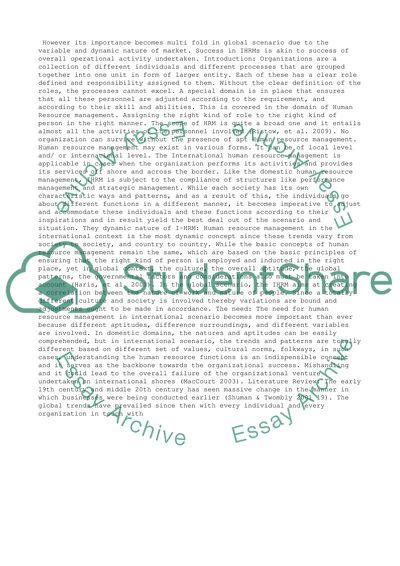Cite this document
(“I-HRM & Performance Management and Strategic Management Assignment”, n.d.)
Retrieved from https://studentshare.org/business/1476453-with-reference-to-relevant-ichrm-theoretical-and
Retrieved from https://studentshare.org/business/1476453-with-reference-to-relevant-ichrm-theoretical-and
(I-HRM & Performance Management and Strategic Management Assignment)
https://studentshare.org/business/1476453-with-reference-to-relevant-ichrm-theoretical-and.
https://studentshare.org/business/1476453-with-reference-to-relevant-ichrm-theoretical-and.
“I-HRM & Performance Management and Strategic Management Assignment”, n.d. https://studentshare.org/business/1476453-with-reference-to-relevant-ichrm-theoretical-and.


